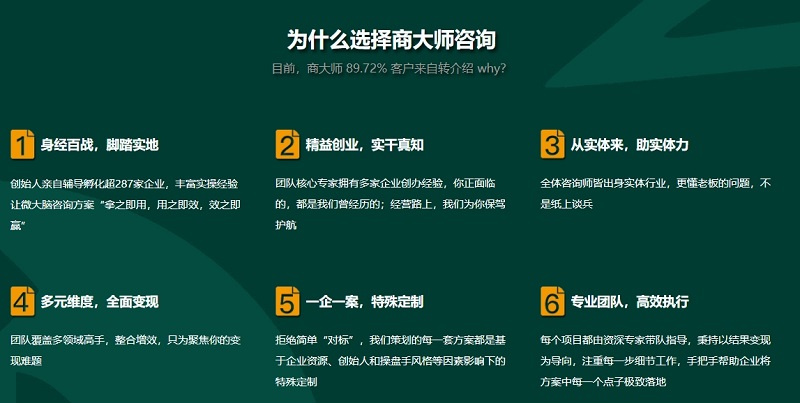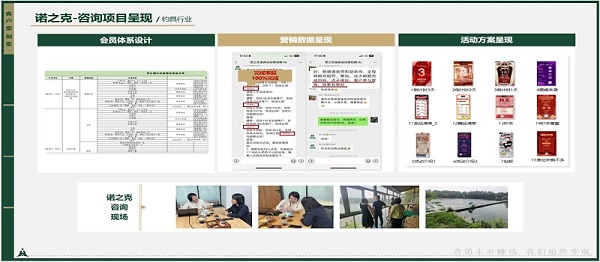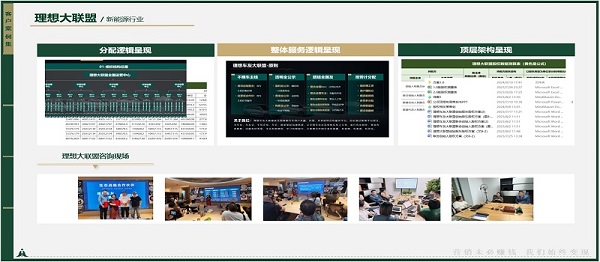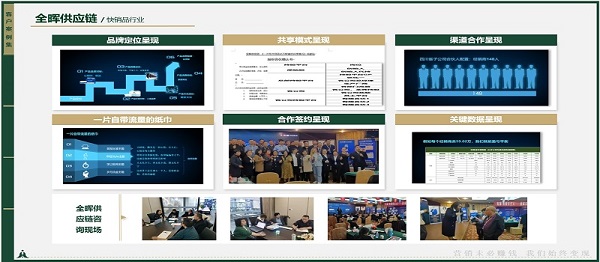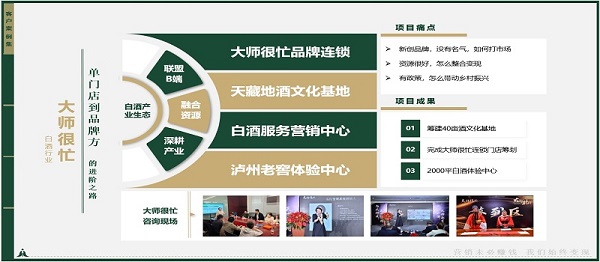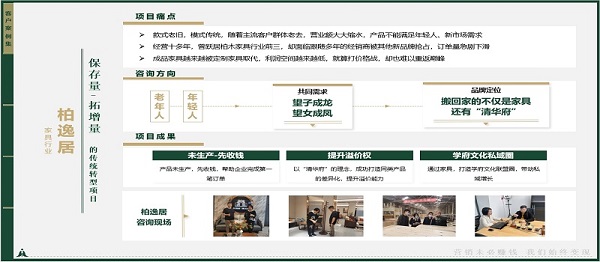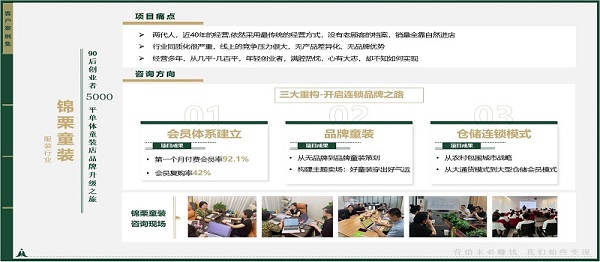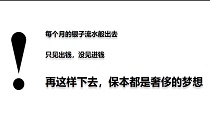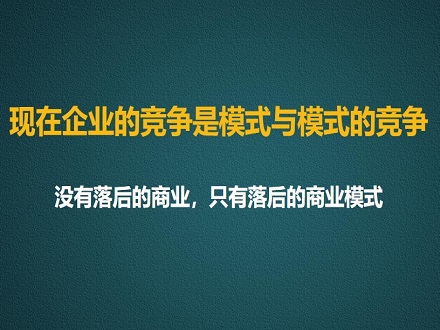品牌策略的核心要素
Brand strategy is a long-term plan for developing a successful brand in order to achieve specific goals. well-defined brand strategy encompasses core values, target audiences, market positioning, and communication methods. Through this strategy, brands can establish differentiated advantages, enhance consumer recognition, and build long-term loyalty. Key elements include brand vision, personality, storytelling, and consistency in visual and verbal communication. Ultimately, effective brand strategies align business objectives with consumer needs to create lasting value.

市场定位与差异化
Market positioning defines how a brand occupies a unique space in the minds of consumers. It involves analyzing competitors, identifying gaps, and emphasizing unique selling propositions (USPs). Differentiation can be achieved through product features, pricing strategies, or emotional appeal. For example, a brand might position itself as a premium choice through high-quality materials or as an eco-friendly alternative through sustainable practices. The goal is to create a clear, memorable identity that distinguishes the brand from others in the same category.
品牌传播的主要渠道
Brand communication channels include both traditional and digital platforms. Traditional methods like TV advertisements, print media, and outdoor billboards remain relevant for broad reach. Digital channels, such as social media, influencer partnerships, and content marketing, offer targeted and interactive engagement. Choosing the right mix depends on the audience demographics and brand goals. For instance, younger audiences may be more accessible through TikTok or Instagram, while professional services might focus on LinkedIn or industry-specific forums.

消费者情感联结的构建
Emotional connections are built by aligning brand actions with consumer values. Storytelling that highlights shared beliefs—such as sustainability or innovation—can resonate deeply. Brands often use campaigns that evoke nostalgia, humor, or empathy to foster loyalty. For example, showcasing real customer stories or supporting social causes can humanize the brand. Consistent engagement through personalized experiences, like loyalty programs or responsive customer service, further strengthens this bond.
品牌策略的持续优化
Continuous optimization involves regularly evaluating performance metrics and adapting to market changes. Tools like brand audits, customer feedback surveys, and data analytics help identify areas for improvement. A/B testing marketing messages or refining visual identities based on trends can maintain relevance. Additionally, staying agile in response to external factors—such as technological advancements or shifting consumer preferences—ensures the brand remains competitive. Long-term success requires balancing consistency with flexibility.
品牌策略的基本定义
品牌策略是企业为实现市场目标而制定的系统性规划,旨在通过差异化定位和持续传播,建立消费者对品牌的认知与信任。其核心是通过价值观传递、形象塑造和体验设计,形成独特的品牌资产。这一策略需贯穿产品开发、营销活动和用户服务的全流程,确保品牌在竞争环境中保持辨识度与吸引力。

品牌策略的关键组成部分
成功的品牌策略需包含四大要素:明确的市场定位、清晰的核心价值主张、统一的视觉与语言识别体系,以及适配的传播渠道组合。此外,还需建立反馈机制,通过用户行为数据与市场洞察持续优化策略。例如,品牌定位需回答“为谁服务”与“解决何种需求”,而价值主张则需提炼出区别于竞品的独特优势。
传播渠道的选择逻辑
传播渠道的选择需基于目标人群的行为特征与媒介偏好。年轻群体可能集中在短视频平台,而商务用户则活跃于专业社区或行业峰会。品牌调性也影响渠道适配性:高端品牌倾向线下体验店与杂志广告,快消品则依赖社交媒体裂变传播。关键在于通过数据测试,找到投入产出比的渠道组合。
如何维护消费者关系
维护消费者关系的核心是建立双向互动机制。会员体系、定制化服务与社群运营能增强归属感;及时响应投诉与建议可提升满意度。例如,通过CRM系统追踪用户生命周期,在关键节点提供专属福利。同时,品牌需避免过度营销,平衡商业目标与用户体验,例如以内容营销替代硬广推送。
长期品牌维护的挑战
市场环境变化与消费者需求迭代是品牌长期维护的主要挑战。应对策略包括定期开展品牌健康度调研,监测口碑风向;通过跨界联名或技术升级保持新鲜感。例如,老字号品牌可通过年轻化设计吸引新客群,科技品牌则需持续创新避免同质化。危机管理预案也必不可少,以快速应对舆情风险。

